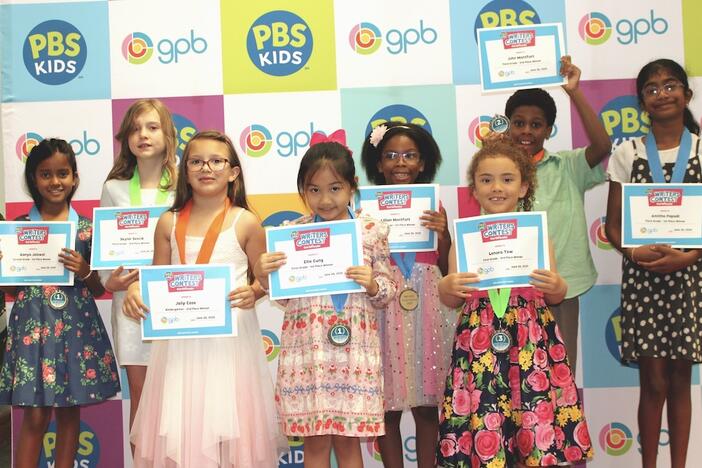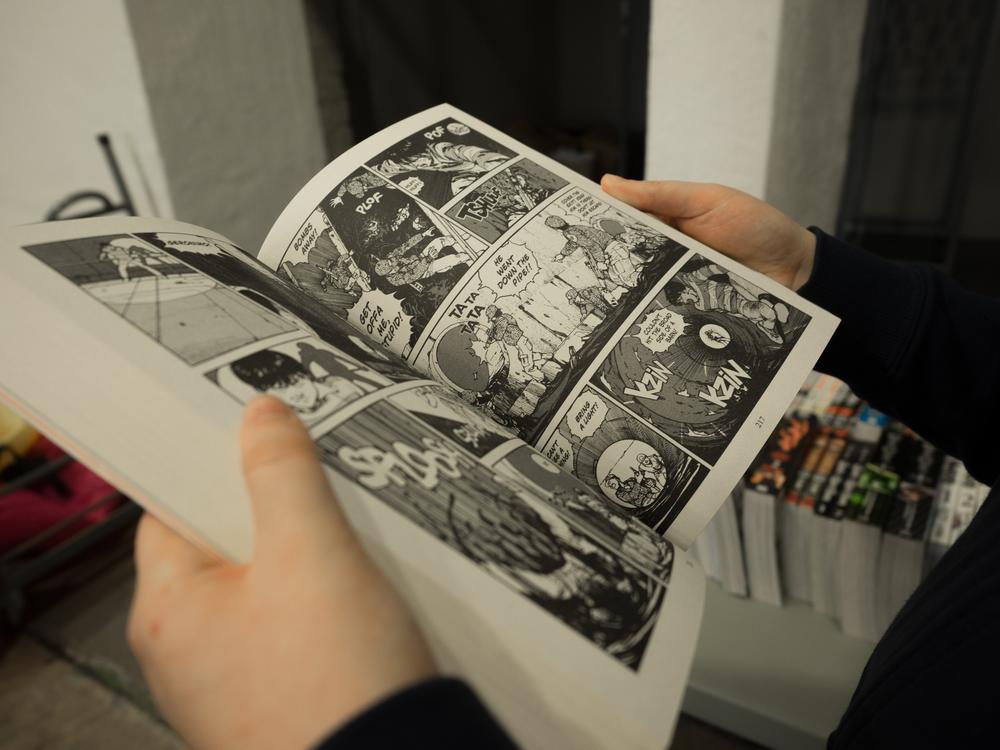
Section Branding
Header Content
Could Graphic Novels Be The Future Of U.S. History?
Primary Content

It is no secret that graphic novels have been creeping into the social studies curriculum. Educators from the Cult of Pedagogy to Edutopia, the National Council for Teachers of English to Scholastic are promoting the genre. Possibly the most famous is Maus, about the experiences of a Holocaust survivor. But more and more books are being created and increasingly their timelines are intersecting. After attending the Georgia Council for the Social Studies conference, three were brought to my attention: The Jekyll Island Chronicles, They Called Us Enemy, and March. Although offering perspectives on seemingly unrelated topics in 20th century US history, they form an interesting timeline from the Gilded Age to the Civil Rights era. And who knows? If someone was so bold they could even go further, using Persepolis to discuss US foreign policy post-WWII up to the Islamic Revolution in Iran.
The best news is that many of these new resources were created with the classroom in mind and come with robust teacher guides that are free of charge. Some are even mini-books themselves, clocking in at over 30 pages!
March
The first of these to be published was March, the story of the battle for African-American civil rights from the perspective of Georgia Congressman John Lewis. The first book was released back in 2013 and is now part of a trilogy that covers his childhood as far back as 1940, up to his current experiences in Congress, and his tireless efforts especially in the 1960s to achieve equality under the law.
The series has won heaps of praise from the New York Times, Washington Post, Teaching Tolerance, and celebrities like Levar Burton. It won the National Book Award, the Coretta Scott King Award, and the Robert F. Kennedy Book award among at least five other awards.
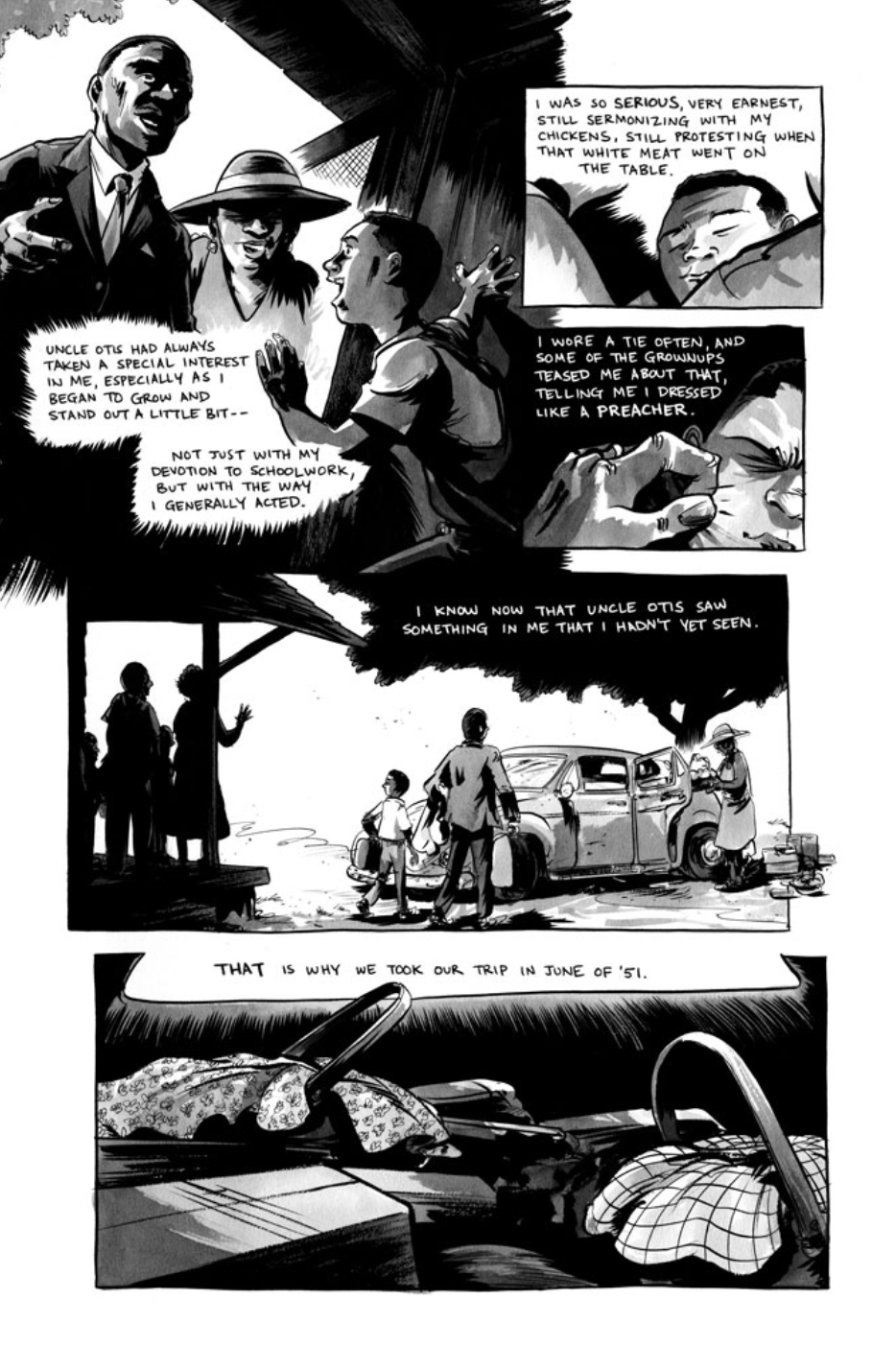
They Called Us Enemy
Looking back from the Civil Rights era, George Takei offers a first-hand account of the American internment of Japanese-Americans after the bombing of Pearl Harbor. The graphic memoir They Called Us Enemy recounts the Takei family's experiences behind the wires of the camps to Takei's adolescence and his coming to terms with his father's faith in Franklin D. Roosevelt despite their internment.
The book was recently published in the summer of 2019 and has received immediate praise from the LA Times, the Korematsu Institute, and the School Library Journal. Takei's account offers an alternative perspective on what many Americans believed was necessary for 1942, the loyalty of other American citizens if only by their imprisonment.
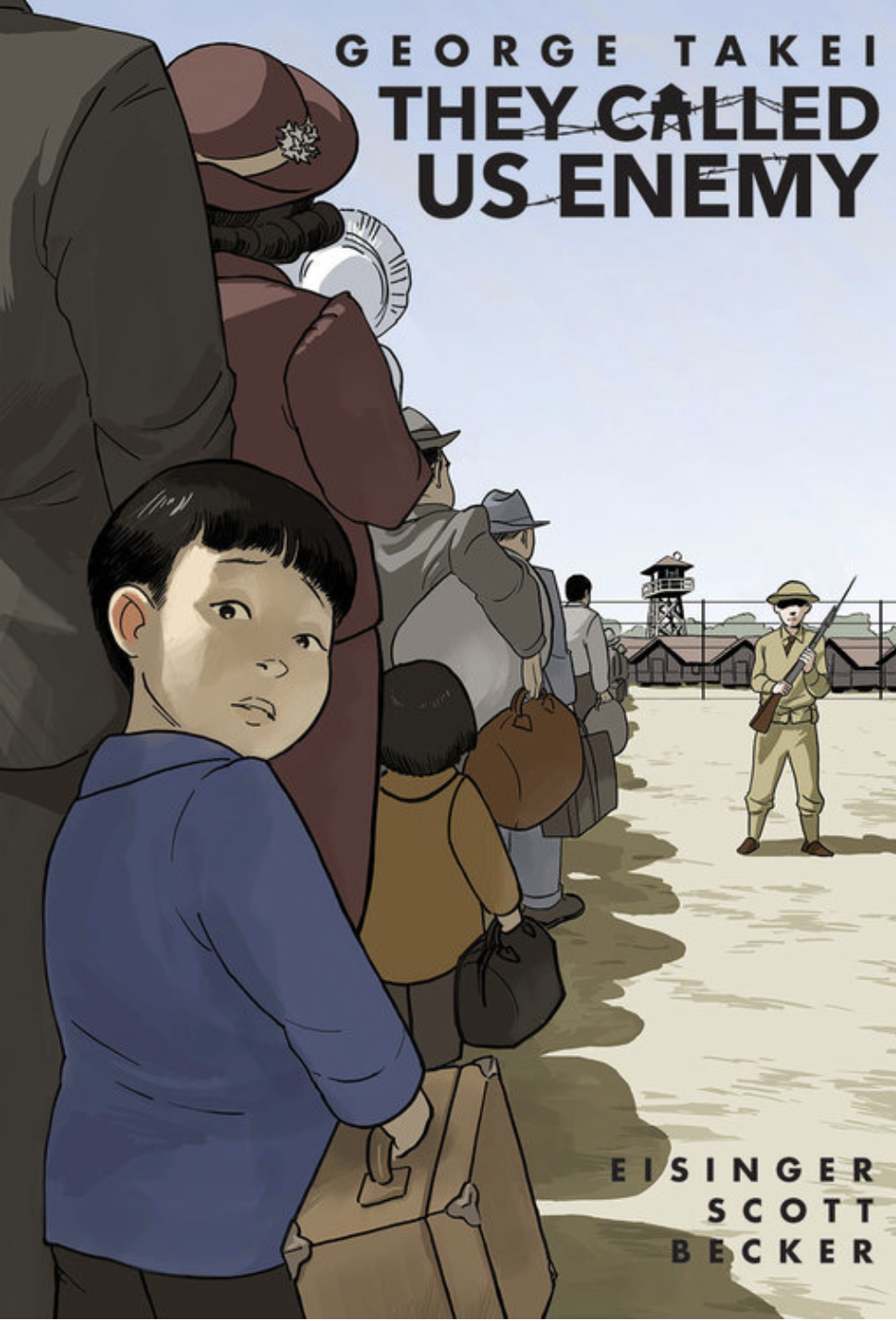
The Jekyll Island Chronicles
If Lewis' account is a sweeping look at almost 30 years of struggle and Takei's memoir is a searing recounting of a few painful years, The Jekyll Island Chronicles offer something entirely different. The two-book series transports readers into a world blending historical fact and alternate history. The graphic series begins in World War One and resurgent anarchism but moves backward while revolving around an industrialist society from Georgia's own Jekyll Island Club during the Gilded Age.
Interestingly, much of the artwork comes from a class created at the Savannah College of Art and Design (SCAD). 10 students sketched what eventually became the core of the series. Book One was declared by the Georgia Center for the Book as one of the Top 10 Books That All Young Georgians Should Read.
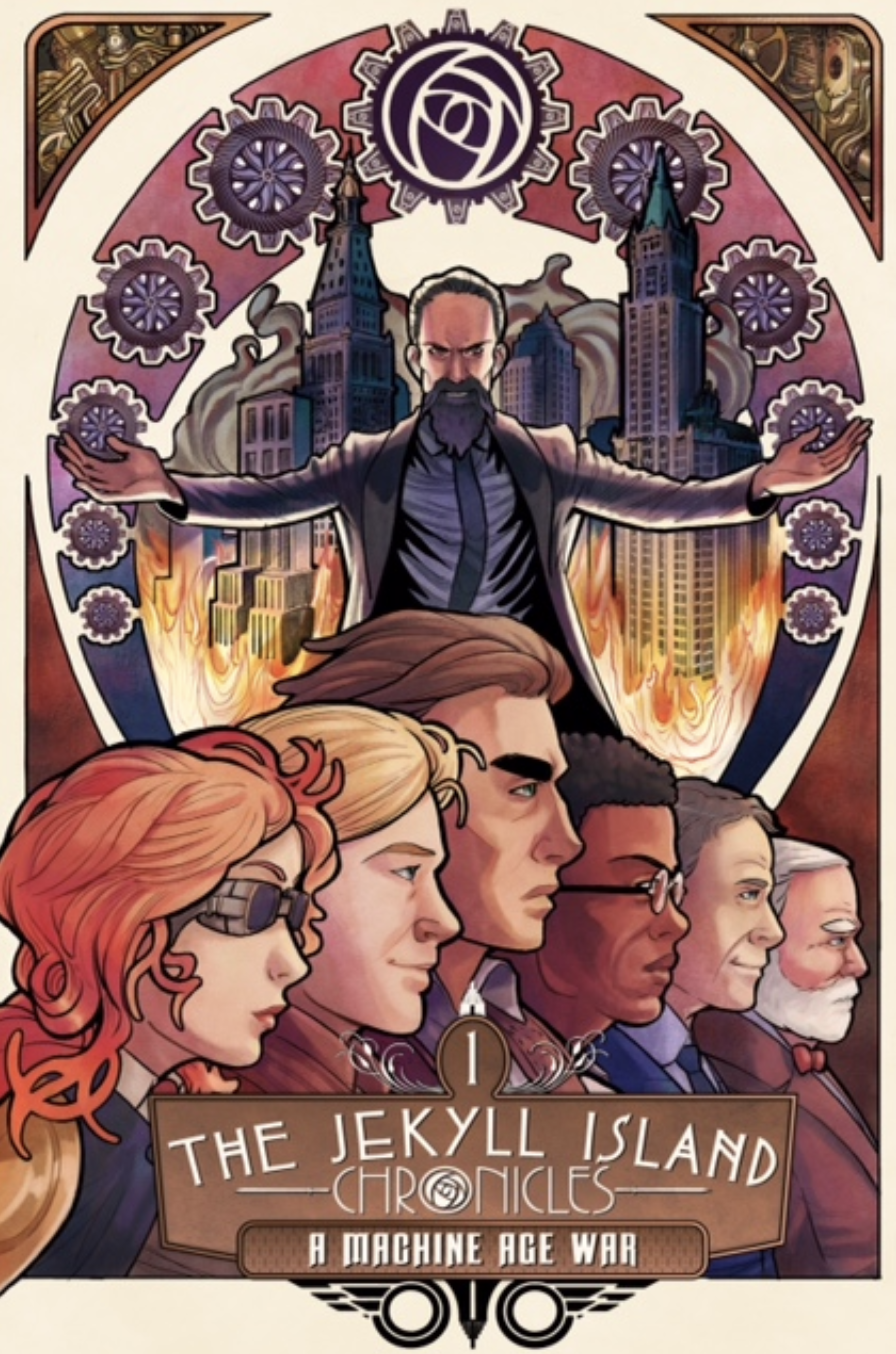
It is no secret that graphic novels have been creeping into the social studies curriculum. Possibly the most famous is Maus, about the experiences of a Holocaust survivor. But more and more books are being created and increasingly their timelines are inte




